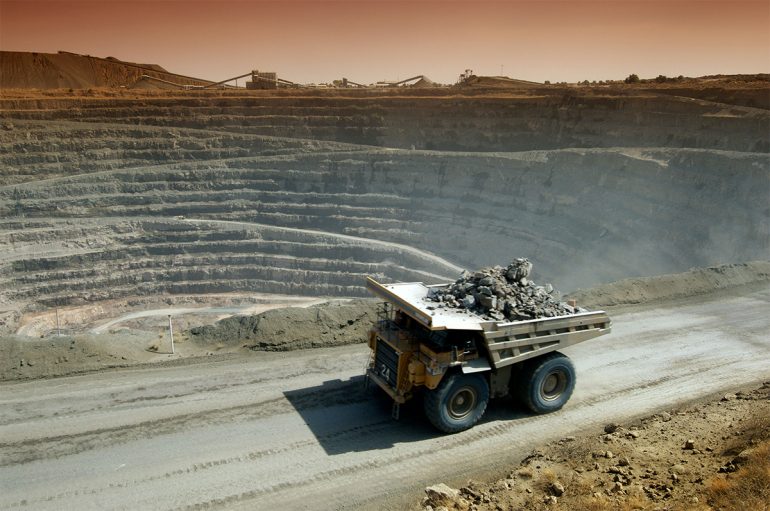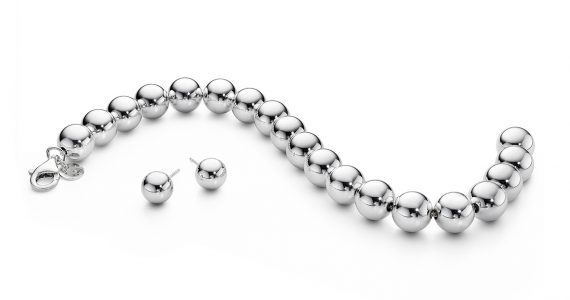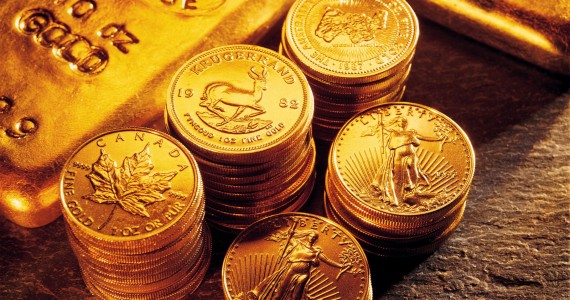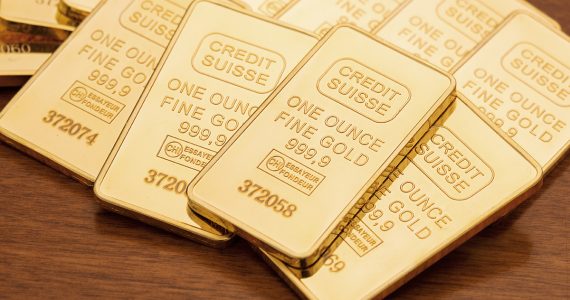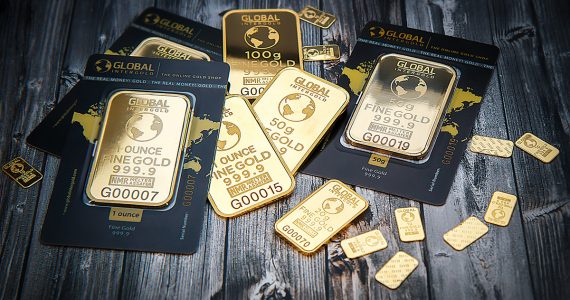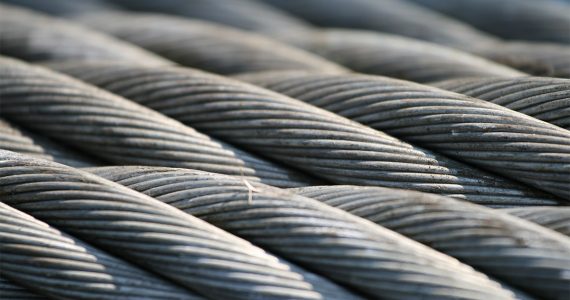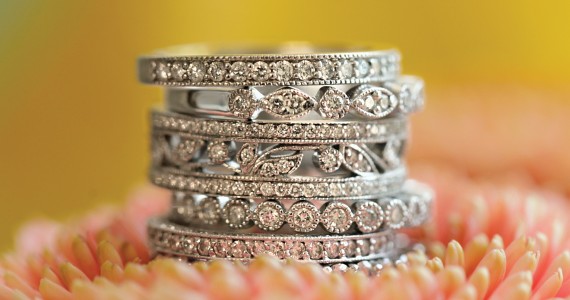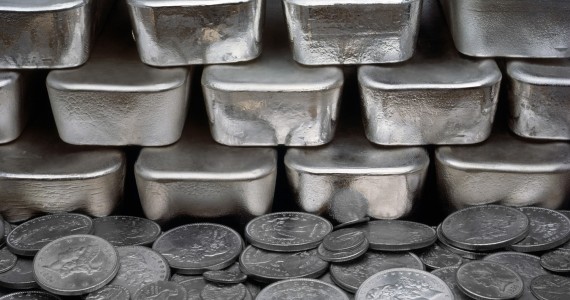Local Chinese authorities have announced that a lead and zinc deposit, allegedly the largest in China, has been discovered. The discovery was made in the Xinjiang Uygur Autonomous Region in northwest China.
It was actually in 2011 when the 6.6-square-kilometer deposit was spotted by local geologists. They spent around six years surveying it, and now they have concluded that over 99 percent of the reserves are actually exploitable.
According to the Xinjiang Bureau of Geology and Mineral Resources, the reserves found in the area amount to almost 19 million tons. This area is located 5,500 meters above sea level, in Hotan County in southern Xinjiang.
Before this discovery, Xinjiang was not seen as among China’s six traditional bases for lead and zinc. Deposits of these two metals have already been discovered in 27 different provinces and regions around China. Most of these discoveries are concentrated in the southwestern Yunnan province, northwestern Gansu, and Inner Mongolia. None of these existing deposits are as big as the one found in Xinhua.
A History of Lead and Zinc
The discovery of this new source is important because of the metals that they contain. Both lead and zinc have been around for thousands of years, and they continue to very widely used in a variety of industries. They are used in metallurgy, electronics, pharmacy, chemistry, military, light industries, among others.
The ancient Romans and Chinese smelted zinc ores (like calamine or zinc carbonate) with copper to produce brass, and this was used to make all kinds of objects from coins and armor to jewelry and containers. As early as 1300 AD, India and China produced metallic zinc. It was only in the 18th century that Europeans finally found a way to extract zinc, and they did it from a charcoal and calamine mixture. They then started producing the metal on a large scale. As of today, the price of zinc per metric ton is at $1,520.36.
On the other hand, lead has had a less than favorable reputation since historical times. It has always been a useful metal, but as early as ancient Roman times, they’ve already suspected (but overlooked) that it causes some health issues. Today, it is generally known that lead poisoning can have very adverse effects. At present, the price of lead per metric ton is $1,646.20.
Uses of Lead and Zinc Today
The discovery of this lead and zinc deposit is significant because these are two of the most useful metals in the world today. 19 million tons of lead and zinc will mean a lot to the industries that use these metals a lot, as well as to investors who are thinking about what metals to put their money on.
Let’s start with lead. It was very useful in the construction industry, because of its early use in pipes and lead sheeting. It was also used in petrol and paints before but that’s now being reduced. Today, lead is mostly used in the transportation and communication industries, as a major component for making batteries. Less significant uses of lead include soldering, ammunition, cable sheeting, chemical compounds, solder, glass for TV, and even computer screens for radiation protection.
Aside from how lead is being used today, there are other uses for lead. Future uses of lead could be in large storage batteries that are used for the load-leveling of electrical power, and in electric vehicles. This is good because lead is relatively widespread and it’s unlikely that supply will run out.
On the other hand, Zinc has been called “the great protector” because of this metal’s ability to resist corrosion and thus protect steel and iron from it. Think of all the objects around the world that contain steel: bridges, railways, buildings, cars, and many others. Zinc protects these through a process called galvanizing. Basically, the steel is dipped in molten zinc, which then coats the steel to protect it. Without zinc, all of these would hold the risk of being corroded and everything will turn rusty.
Galvanizing is perhaps the most common thing that zinc is used for. In Australia for instance, two thirds of zinc output is used just to protect steel from rusting. When alloyed with other metals, zinc also serves a whole different purpose. It becomes a good electric conductor, and this is why Zinc-bromide and zinc-nickel power cells are some of the newest types of batteries available in the market.
Zinc can be used for diecast objects when mixed with small amounts of aluminum: door handles, staples, and carburetors. When used to produce brass (30% zinc, the rest is copper), it is useful for making musical instruments, scientific purposes, and light fittings. Zinc is also useful in the field of health.
Zinc and lead are usually seen occurring together, which explains this recent discovery in Xinjiang province.

